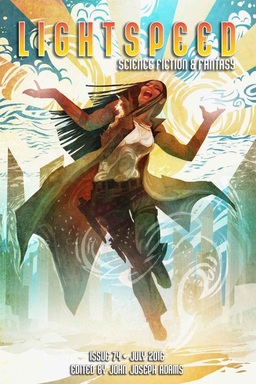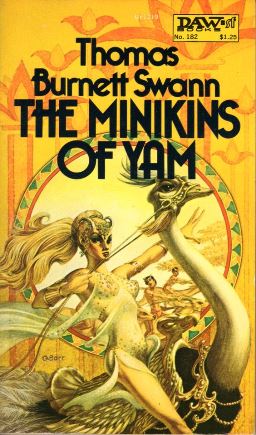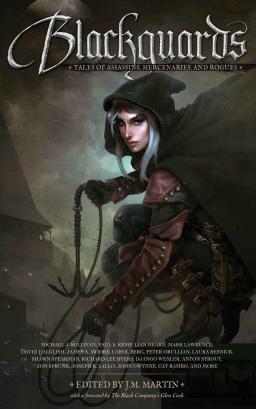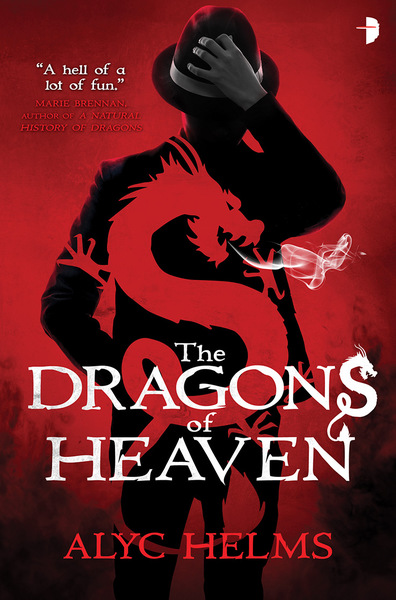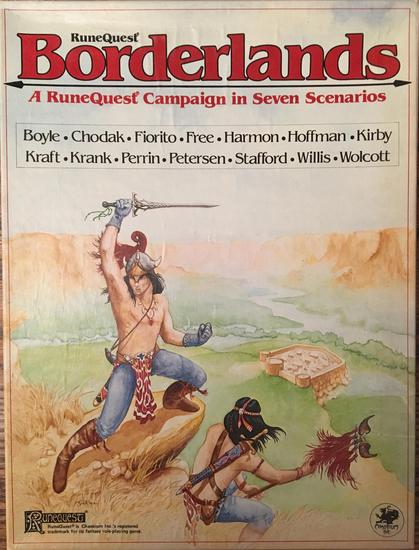Jerry Springer through the Time Portal! Tom Holland’s Dynasty: The Rise and Fall of the House of Caesar
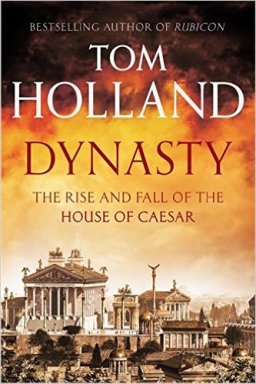
The wildest period of Roman political history — from the rise of Augustus, through Tiberius, Caligula and C… C… Claudius, to the demise of Nero — is also the hardest to follow.
There are just too many unfamiliar names and too many repeated names — thanks to Roman naming conventions, there are, e.g., more Julias than you can shake a stick at. Worse, people don’t just marry for politics, they divorce for it, and even adopt for it.
Thus you have Emperor Tiberius, son of Emperor Augustus’ second wife Livia by her first husband but adopted by Augustus (originally called Octavian, by the way) adopting his nephew Germanicus who then marries Agrippina (the first: there are two Agrippinas ) daughter of Julia by her first marriage with Marcus Agrippa. Julia, of course, was the daughter of Augustus by his first wife Scribonia, and not to be confused with Julia’s grandmother, daughter or granddaughter of the same name.
I hope you’re following that?
But really, you’re probably having difficulty hearing me over the sound of a million Ancient Romans chanting, “Jerry! Jerry!”
Because it is like a Jerry Springer show, except with more exiles, more murder, and more death by starvation or ritual suicide.
Despite, or because of this, the period is a favorite fictional setting. Robert Graves’ I, Claudius is the classic, but Simon Scarrow’s excellent Eagle series romps through the military thread. And of course we have the screen adaption Graves’ book plus the more recent BBC Rome.
Personally I have difficulty following even fictionalised renditions of this mayhem! For this reason I was intrigued to get a review copy Tom Holland’s Dynasty: The Rise and Fall of the House of Caesar.
